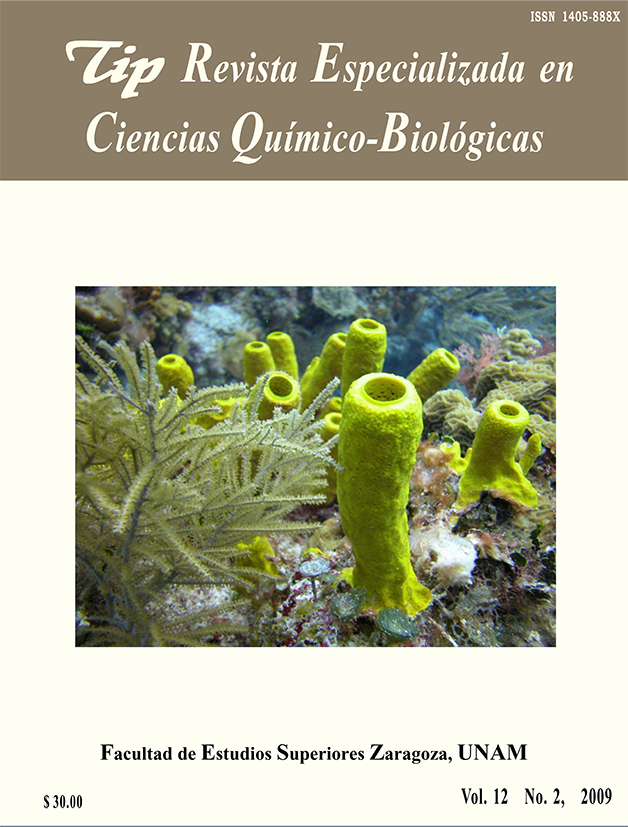Abstract
The present contribution is a case study of the possibilities of using data from world scientific collections to understand the distribution, systematics, and conservation of Mexican birds. Information was gathered on specimens from Mexico housed in scientific collections in Mexico, the United States, Canada, and Europe. This information was compiled in a centralized data base; ArcView was used to visualize general geographic patterns, and predictive distributional models were generated using the GARP algorithm to address potential distributional areas of the species, patterns of species richness, endemism, and conservation applications. The avifaunal inventory of Mexico is complete, but many areas are still poorly represented in collections. These results suggest the possibility to do new research based on point occurrence data held in the specimens of the collections.TIP Magazine Specialized in Chemical-Biological Sciences, distributed under Creative Commons License: Attribution + Noncommercial + NoDerivatives 4.0 International.
Downloads
Download data is not yet available.







